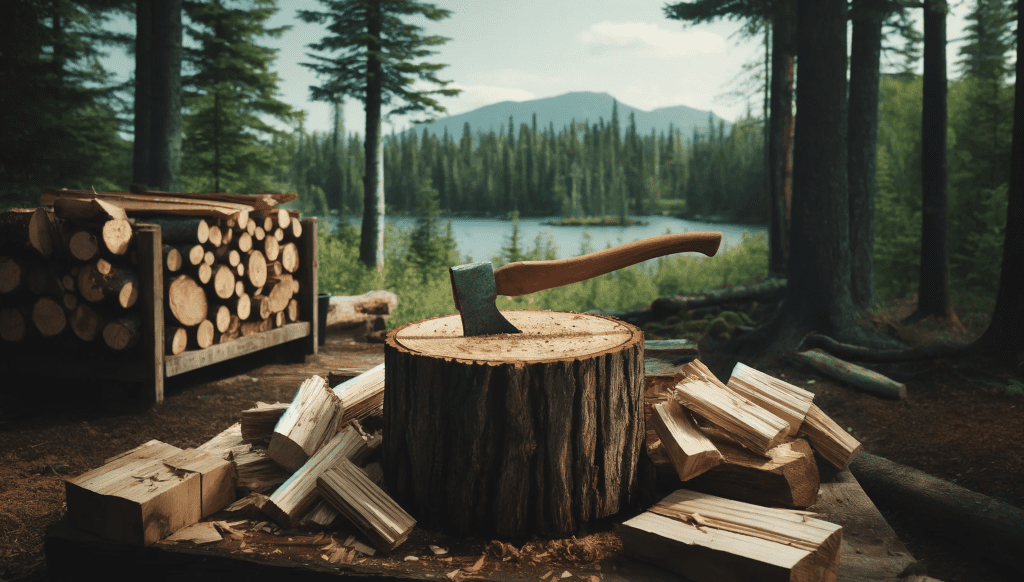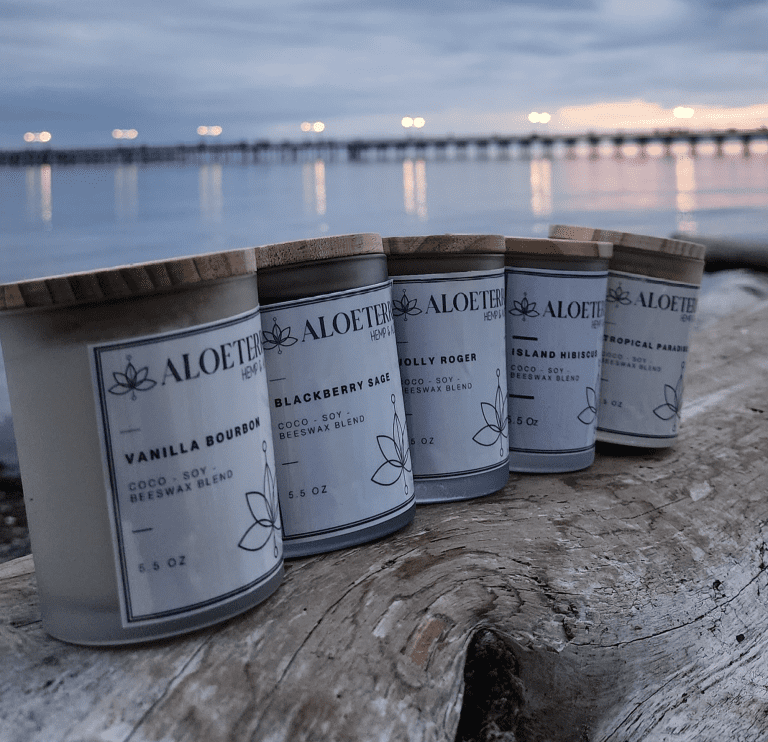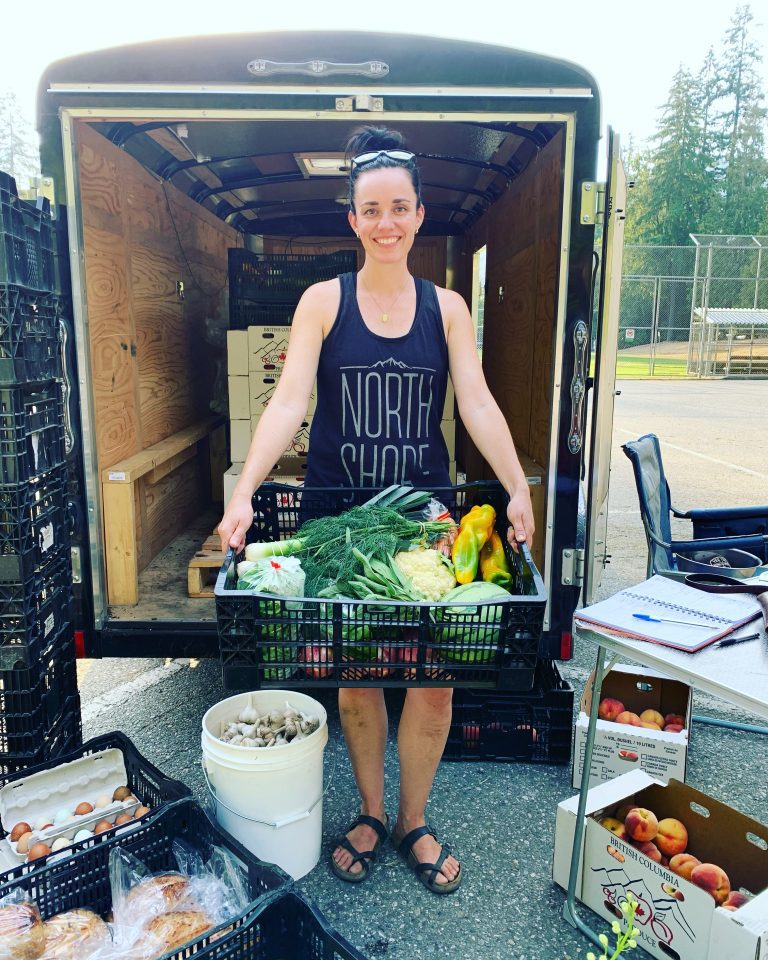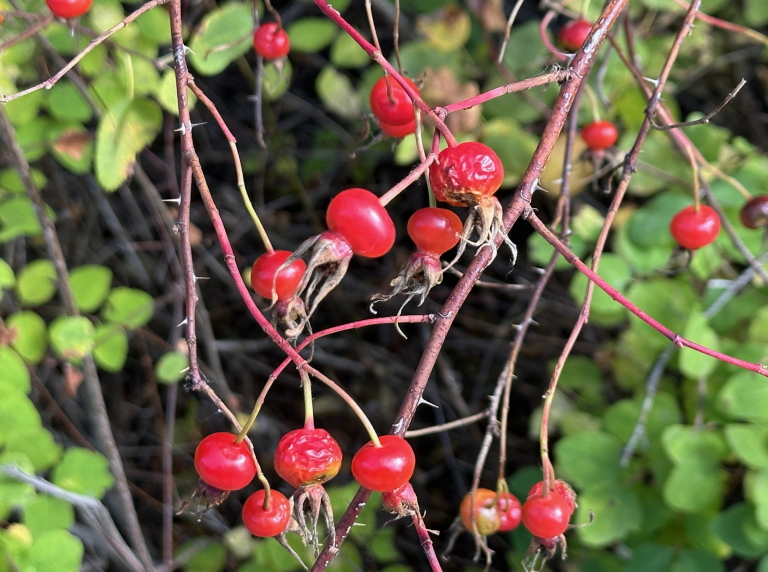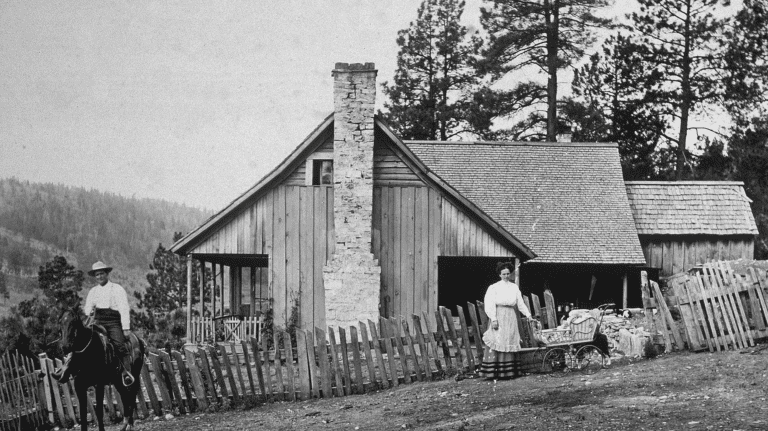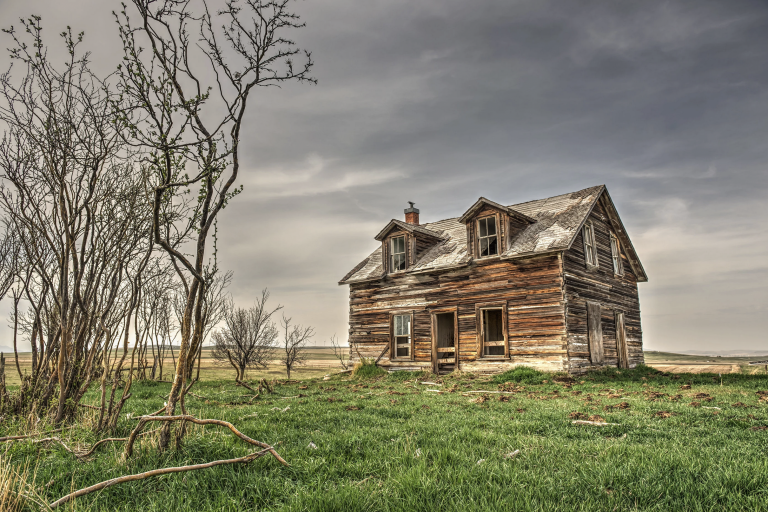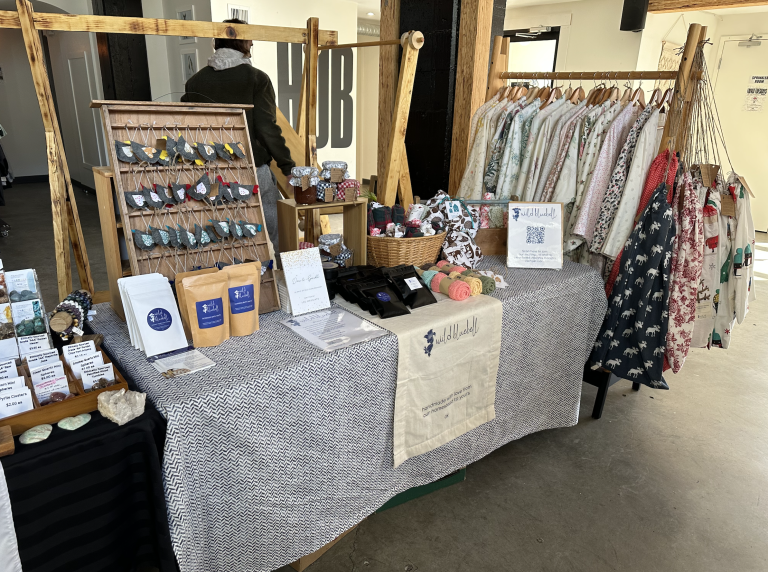Hello from all of us here at Wild Bluebell Homestead in the heart of Fraser Valley British Columbia Canada! At our homestead, preparing firewood is more than just a chore; it’s a vital part of our rustic lifestyle, deeply intertwined with the natural world and the cultural practices of local First Nations. As we gear up for summer bonfires, we’d love to share some insights on how we safely and efficiently split firewood using an axe, incorporating tips that reflect our local environment and experiences.
Selecting the Right Wood
We prioritize choosing the right type of wood. Our local forests offer a bounty of hardwoods like birch, alder, and maple, which are perfect for burning long and hot on those cooler evenings. For quicker fires, such as for a campfire or cooking, softer woods like pine or cedar are ideal. We always ensure we’re sourcing this wood responsibly, honouring local regulations and the stewardship practices of First Nations territories.
Prioritizing Safety
Safety is paramount here at Wild Bluebell. We equip ourselves with safety goggles, durable gloves, and solid steel-toe boots to safeguard against mishaps. Given our valley’s varied climate, we also recommend checking the weather and planning our woodcutting for clear, dry days, as damp or windy conditions can make handling an axe more hazardous.
Mastering the Technique
Proper technique is crucial for safe and efficient wood splitting:
- Stance and Balance: We stand with our feet shoulder-width apart, knees slightly bent for better mobility, and one foot slightly forward to maintain stable posture.
- Gripping the Axe: We grip the axe handle near the end with our dominant hand and just below the axe head with the other at the start of the swing. This maximizes control and power when the axe strikes the wood.
Choosing Your Axe
The choice of axe is crucial on our homestead. We prefer traditional splitting axes, which are well-suited to the varieties of wood found in our region. Their lighter weight compared to a splitting maul allows for quicker, more comfortable swings without sacrificing the quality of the split.
Axe Maintenance
An axe is only as good as its condition. We regularly sharpen the blade to ensure it slices smoothly through wood and coat the head with oil to fend off the rust that our humid climate can bring. Properly storing the axe in a dry, secure place ensures it is ready and safe for use each time.
Efficient Splitting Methods
- Setting Up: We always use a sturdy chopping block to elevate the wood and prevent our axes from striking the ground.
- Marking and Measuring: To ensure each piece fits comfortably in our stove or fire pit, we mark out the preferred lengths—generally 16 to 18 inches—before making any cuts.
- Swinging Dynamics: Leveraging the power from our legs and core rather than relying solely on arm strength leads to a more forceful and sustainable chopping motion.
Environmental Awareness
When splitting wood, we remain acutely aware of our surroundings, ensuring the area is clear of bystanders, particularly children and pets. We also pay close attention to the historical and cultural significance of the land, aligning with the conservation principles honoured by the Sto:lo and other local First Nations.
Storing Your Firewood
Proper storage is as vital as the cutting process itself. We stack our wood in a well-ventilated, covered area to protect it from the elements while allowing air to circulate, aiding in the drying process, which is crucial in our often moist climate.
Embracing the Local Culture
In every log we split, we strive to reflect the sustainable forestry practices of the indigenous communities of our region. This respect for the land and its history is not just about maintaining ecological balance but about deepening our connection to the heritage that surrounds us.
Here at Wild Bluebell Homestead, splitting firewood is more than just preparing for a bonfire; it’s a way of life that connects us to our environment and enriches our community bonds. By following these detailed practices, we ensure that our wood splitting is not only safe and efficient but also respectful of the profound local legacy and forestry industry.
Stay safe, and we look forward to hearing about your own firewood adventures!

